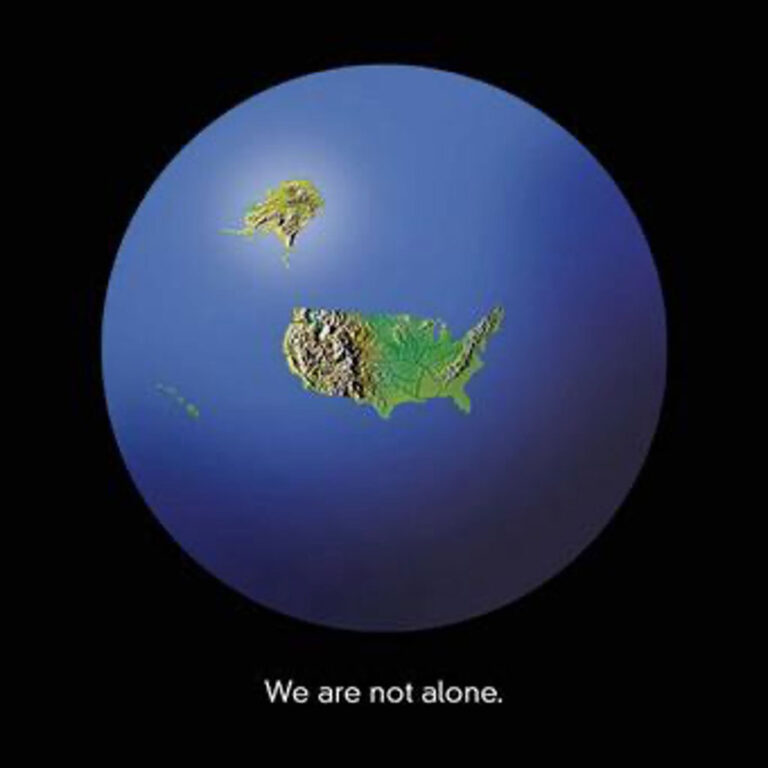‘Annals of the AAG’ Among Top 10 Ranked Geography Journals
The Annals of the American Association of Geographers, the flagship journal of the association, has once again been ranked among the top ten geography journals worldwide continuing a 15-year trend. According to the Journal Citation Reports released by Thomson Reuters this month, the Annals of the AAG placed eighth out of 77 journals in the geography category. The 2015 data also reveals that the journal’s Impact Factor increased from 2.291 to 2.756, the second highest score since 2000.
Impact Factor—figures that often confuse students and younger scholars—are an important indicator of a journal’s usage and impact. Being a scholar means engaging in original research that contributes something new to academic knowledge and practice. However, no scholar exists in isolation; they are influenced by the work of others and need to situate their research within context. Citing other people’s work is an important aspect of this. Collectively, data on citations indicate the relative scholarly value of different authors and publications.
Eugene Garfield, an information scientist, first proposed the idea of an international citation index in the mid-1950s. Garfield had observed the growth in scholarly research and was looking for a way to organize it. He felt that categorizing journals on the basis of citations would assist librarians in building their collections but it was 20 years before his ideas reached fruition as the Journal Citation Reports (JCR). “Impact Factor” made its debut in 1975 as a measure of citations and journal influence, and has been published annually ever since.
Put simply, the Impact Factor is a ratio between citable items and actual citations. It is calculated by taking the number of citations in the past year to articles published in the two previous years and dividing it by the total number of items published in those same two years. The items of journal content that are included in the calculation are full-length research articles, short communications, and review papers; other published pieces such as editorials, letters, book reviews, news items, and meeting abstracts are not counted as they do not present substantial research findings.
Academic output has proliferated in the last 40 years since Impact Factor was first launched. More than one billion citations have now been recorded and each year more than 12,000 scientific and scholarly journals and other materials are assessed for the JCR. A range of more sophisticated and nuanced metrics have been created including Eigenfactor and Article Influence Score, and data such as web page visits are also used to measure the significance of published work. Despite some controversies and misuse, however, the simple calculation of Impact Factor remains a prominent measure in journal evaluation.
Its significance lies in the fact that Impact Factor reflects what scholars themselves regard as noteworthy and useful research rather than being a subjective rating imposed by an outsider. In other words, citations are the strongest and most reliable indicator of scholarly value. Collectively, citations of a particular journal signify its relative importance within that scholarly field and the prestige of having a paper published in it.
Although the ranking, Impact Factor and Five-Year Impact Factor of the Annals of the AAG have all risen this year, the editors and the AAG aspire for these figures to increase further. That will be achieved by encouraging high quality manuscripts to be submitted, a dedicated editorial team and the valued contributions of many reviewers, resulting in the publication of excellent papers that contribute to the discipline of geography that, in turn, other scholars cite.
To find out more about the history and development of the Journal Citation Reports, read this excellent article: https://stateofinnovation.thomsonreuters.com/how-to-measure-up-impact-factor-2015
If you would like to consider submitting a paper to the Annals of the AAG, please refer to the Information for Authors. View the latest issue of the Annals of the AAG.
